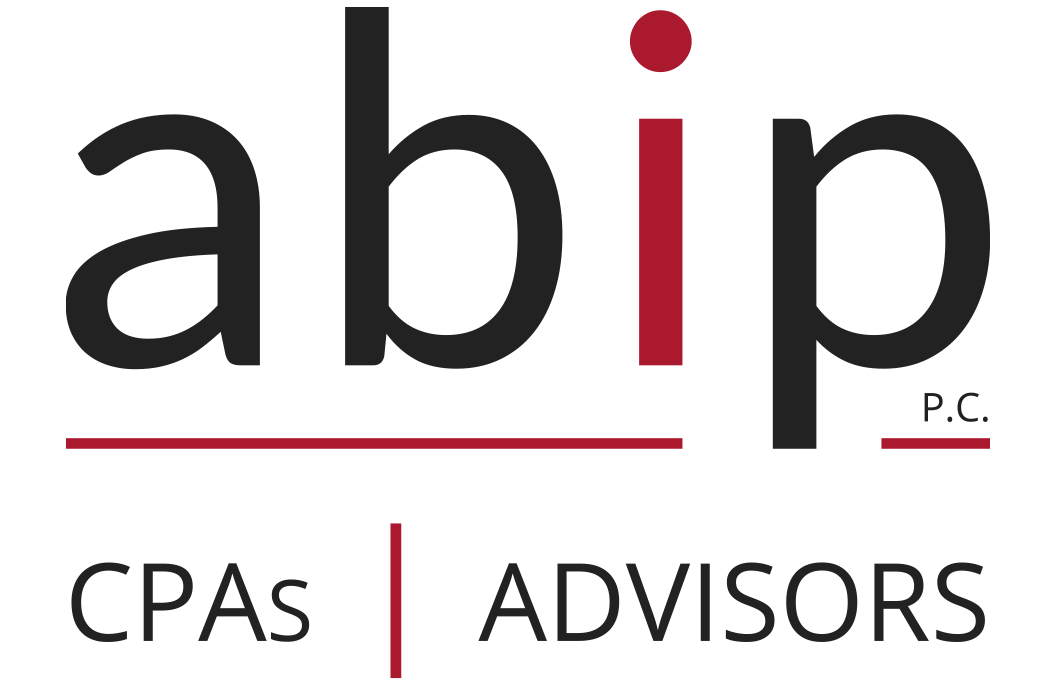If you’re looking to sell your home this year, then it may be time to take a closer look at the exclusion rules and cost basis of your home to reduce your taxable gain on the sale of a home.
The IRS home sale exclusion rule allows an exclusion of gain up to $250,000 for a single taxpayer or $500,000 for a married couple filing jointly. This exclusion can be used over and over during your lifetime (but not more frequently than every 24 months), as long as you meet certain ownership and use tests.
During the 5-year period ending on the date of the sale, you must have:
- Owned the house for at least two years – Ownership Test
- Lived in the house as your main home for at least two years – Use Test
- During the 2-year period ending on the date of the sale, you did not exclude gain from the sale of another home.
The Ownership and Use periods need not be concurrent. Two years may consist of a full 24 months or 730 days within a 5-year period. Short absences, such as for a summer vacation, count in the period of use. Longer breaks, such as a 1-year sabbatical, do not.
If you own more than one home, you can exclude the gain only on your primary home. The IRS uses several factors to determine which home is a principal residence: the place of employment, location of family members’ main home, mailing address on bills, correspondence, tax returns, driver’s license, car registration, voter registration, location of banks you use, and location of recreational clubs and religious organizations you belong to.
As mentioned earlier, the exclusion can be used repeatedly every time you reestablish your primary residence. When you change homes, please call the office with your new address to ensure the IRS has your current address on file.
Only taxable gain on the sale of your home needs to be reported on your taxes. Further, you cannot deduct the loss on the sale of your main home. Please call for additional details.
Improvements Increase the Cost Basis
Additionally, consider all improvements made to the home over the years when selling your home. Improvements will increase the cost basis of the home, thereby reducing the capital gain.
Additions and other improvements that have a useful life of more than one year can also be added to the cost basis of your home.
Examples of improvements include the following: building an addition; finishing a basement; putting in a new fence or swimming pool; paving the driveway; landscaping; or installing new wiring, new plumbing, central air, flooring, insulation, or security system.
Jack and Mary Kelly purchased their primary residence in 2012 for $200,000. They paved the unpaved driveway, added a swimming pool, and made several other home improvements adding up to a total of $75,000. The adjusted cost basis of the house is now $275,000. The house is then sold in 2021 for $550,000. It costs them $40,000 in commissions, advertising, and legal fees to sell the house.
These selling expenses are subtracted from the sales price to determine the amount realized. The amount realized in this example is $510,000. That amount is then reduced by the adjusted basis (cost plus improvements) to determine the gain. The gain, in this case, is $235,000. After considering the exclusion, there is no taxable gain on the sale of this primary residence and, therefore, no reporting of the sale on their 2021 personal tax return.
The Residential Energy Efficient Property Credit
This tax credit helps individual taxpayers pay for qualified residential alternative energy equipment, such as solar hot water heaters, solar electricity equipment, wind turbines, and solar roofing tiles, and solar roofing shingles that serve as solar electric collectors, while also performing the function of traditional roofing. In the case of property placed in service after December 31, 2019, and before January 1, 2023, the credit is 26 percent. For property placed in service after December 31, 2022, and before January 1, 2024, the credit is 22 percent. There is no cap on the amount of credit available, except for fuel cell property.
Generally, you may include labor costs when figuring the credit, and you can carry forward any unused portions of this credit. Qualifying equipment must have been installed on or in connection with your home located in the United States; fuel cell property qualifies only when installed on or in connection with your main home located in the United States.
Not all energy-efficient improvements qualify, so be sure you have the manufacturer’s tax credit certification statement, which can usually be found on the manufacturer’s website or with the product packaging. Please contact the office for more information about residential energy tax credits.
Partial Use of the Exclusion Rules
Even if you do not meet the ownership and use tests, you may be allowed to exclude a portion of the gain realized on the sale of your home if you sold your home because of health reasons, a change in place of employment, or certain unforeseen circumstances. Unforeseen circumstances include, for example, divorce or legal separation, natural or man-made disasters resulting in a casualty to your home, or an involuntary conversion of your home. If one of these situations applies to you, please call us for additional details.
Record-keeping
Good record-keeping is essential for determining the adjusted cost basis of your home. Ordinarily, you must keep records for three years after the filing due date. However, you should keep documents proving your home’s cost basis for as long as you own your house.
The records you should keep include:
- Proof of the home’s purchase price and purchase expenses
- Receipts and other records for all improvements, additions, and other items that affect the home’s adjusted cost basis
- Any worksheets or forms you filed to postpone the gain from the sale of a previous home before May 7, 1997
Questions?
Tax considerations surrounding the sale of a home can be confusing. If you have any questions on taxes related to the sale of your home, please call.






